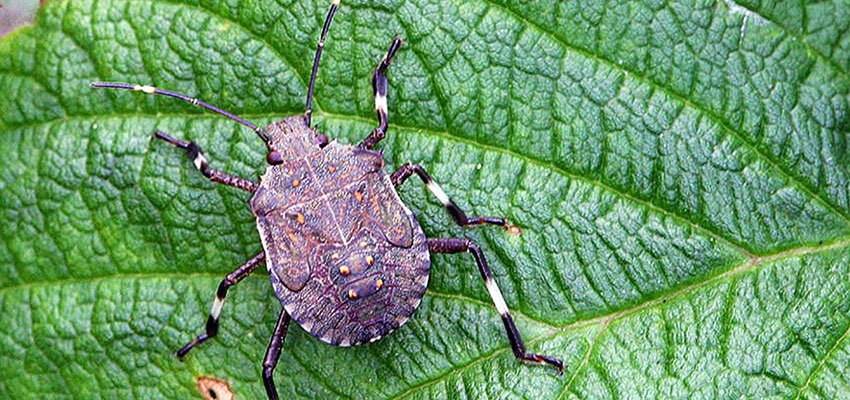CSIRO has developed an AI-powered app designed to mitigate biosecurity risks caused by brown marmorated stink bugs.
The app will enable biosecurity officers to differentiate between invasive stinkbug species and harmless native species, with the aim of keeping brown marmorated stink bugs out of Australia.
The app was developed for the Department of Agriculture, Water and the Environment, which is now trialling the app in quarantine stations under its Biosecurity Innovation Program.
Minister for agriculture David Littleproud said the species is a huge risk for Australia.
“It has the potential to destroy more than 300 agricultural and ornamental plant species, including vegetables and fruit, and hammer native ornamental species,” he said.
Mr Littleproud said brown marmorated stink bugs look similar to other native stink bug species, which can lead to confusion and false sightings.
“CSIRO’s National Research Collections Australia, which contain local and foreign stink bugs, was used by experts as a reference when training the app,” he said.
“It’s a real-time triage tool that improves surveillance outcomes, allowing our experts to spend less time checking out a harmless bug and more time looking for the real threat.”
According to CSIRO, Australia has around 600 named native stink bug species and several thousand more undescribed species.
However, the brown marmorated stinkbug, native to China, has spread to many countries around the world where it is a threat to crops such as grains, applies, hazelnuts and stone fruits.
It breeds in large groups in well-lit areas such as car plants, where vehicles await export.
This can cause infestations in new countries where they lack specialised natural enemies to keep their populations in check.
CSIRO chief executive Dr Larry Marshall said the app is a uniquely Australian solution to a uniquely Australian challenge.
“Australia’s growing AI capability can be among the best in the world, but it doesn’t mean anything until we translate it into solutions that make life better for everyone, like ensuring our increasingly interconnected world doesn’t jeopardise our biosecurity,” he said.
CSIRO taxonomist Dr Alexander Schmidt-Lebuhn said the app was developed by taking detailed digital images of stink bugs in the CSIRO’s insect collection.
“Using a smartphone camera to zoom in or out and look at the bug from different angles, the AI model in the app identifies the species and shows how likely it is to be correct,” he said.
“The app also has species profiles with example images and species information. Users can record a photo of the bug, its identification and the geographic coordinates and local time to help build out the database and inform biosecurity responses.”
Mr Littleproud said the current focus is on understanding the use, reliability, and accuracy of the app.
“It’s still early days, but if this app goes to plan it’s another tool in our arsenal to keep Australia’s biosecurity strong and protect Australia’s industry, economy and environment,” he said.
The app is being funded through a $5.5-million Biosecurity Innovation Program, a collaborative initiative between industry and government.





